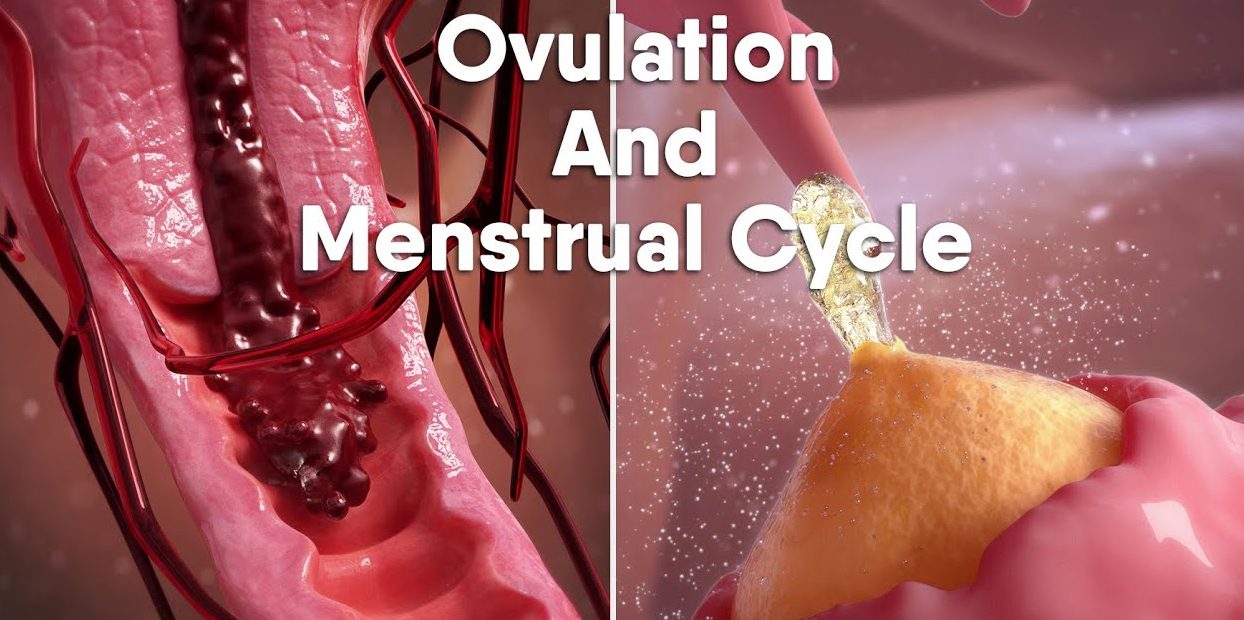The human digestive system is a complex process through which the body breaks down food into nutrients, which are then absorbed for energy, growth, and cellular repair. At the same time, waste products from the digestion process are removed from the body in the form of feces. This transformation involves multiple organs and stages, each contributing to the breakdown of food and the formation of stool. Here’s how the body turns food into poop:
1. The Mouth: Initial Digestion
The digestive process begins as soon as food enters the mouth. Chewing breaks down food into smaller pieces, making it easier for enzymes to further process it. Saliva, produced by the salivary glands, contains an enzyme called amylase, which begins the breakdown of carbohydrates into simpler sugars. The mechanical action of chewing and the chemical action of enzymes in saliva turn the food into a semi-liquid substance known as chyme.
Once food is chewed and moistened, the tongue pushes it to the back of the mouth to initiate swallowing. The swallowed food moves down the esophagus through a series of muscular contractions known as peristalsis.
2. The Stomach: Chemical Digestion and Churning
Food then enters the stomach, where the real breakdown of food begins. The stomach’s acidic environment, with a pH of 1.5 to 3.5, is ideal for digesting proteins. The stomach secretes hydrochloric acid (HCl) and digestive enzymes like pepsin. These substances break down proteins into smaller peptides, a process that begins the digestion of protein-rich foods such as meat and dairy.
In addition to the acid and enzymes, the stomach muscles churn the food, mixing it with gastric juices to form a thick, semi-liquid mixture. This mixture is called chyme. The stomach also acts as a storage tank, gradually releasing chyme into the small intestine to ensure that digestion continues at an optimal pace.
3. The Small Intestine: Absorption and Final Digestion
After leaving the stomach, chyme enters the small intestine, where the majority of nutrient absorption occurs. The small intestine is divided into three parts: the duodenum, jejunum, and ileum. Each section plays a specific role in breaking down food further and absorbing nutrients.
In the duodenum, bile produced by the liver and stored in the gallbladder is released to help digest fats. Bile acts as an emulsifier, breaking down large fat globules into smaller droplets to make them easier to digest. The pancreas also secretes digestive enzymes into the duodenum, including lipase (for fats), amylase (for carbohydrates), and proteases (for proteins), to further break down food into its constituent nutrients.
In the jejunum and ileum, the majority of absorption occurs. The inner walls of the small intestine are lined with tiny hair-like structures called villi, and each villus is covered with even smaller projections called microvilli. These structures increase the surface area available for absorption, allowing the nutrients from digested food—amino acids, fatty acids, glucose, vitamins, and minerals—to enter the bloodstream.
As nutrients are absorbed, the leftover waste material, including undigested food particles, water, and fiber, continues through the intestine toward the large intestine.
4. The Large Intestine: Water Reabsorption and Formation of Stool
The large intestine, or colon, is responsible for absorbing water and electrolytes from the remaining undigested food. This process transforms the liquid chyme into a more solid form. The colon contains billions of bacteria that help break down any remaining food particles, particularly fiber, through fermentation. This process produces gases and short-chain fatty acids, which the body can absorb for energy.
The colon also stores waste in the form of a thick, semi-solid material as it moves towards the rectum. The waste material accumulates in the sigmoid colon before being expelled from the body. During this time, the body reabsorbs most of the water content, leaving behind a more solid form of stool. This stage can take anywhere from 12 to 48 hours depending on the individual and the composition of the diet.
5. The Rectum and Anus: Expulsion of Waste
Once the waste reaches the rectum, it is stored until it is ready to be excreted. The rectum has stretch receptors that signal to the brain when it is full, initiating the urge to defecate. The anal sphincters, a group of muscles located at the end of the rectum, control the release of feces. The internal anal sphincter is involuntary, while the external anal sphincter is voluntary, giving the person control over when to defecate.
When a person chooses to expel the waste, the external anal sphincter relaxes, and the feces is pushed out of the body through the anus. The composition of feces includes water, bacteria, undigested food particles (such as fiber), dead cells, and waste products from the liver like bilirubin, which gives stool its characteristic brown color.
Conclusion
The process of turning food into poop involves a coordinated series of steps, from ingestion and digestion to absorption and elimination. The body breaks down food into essential nutrients, which it uses for energy and repair, while also removing waste products through the formation of stool. A healthy digestive system is essential for overall well-being, and any disruptions in this complex process can lead to digestive disorders and other health issues. Proper nutrition, hydration, and regular physical activity are key factors in maintaining a well-functioning digestive system.



